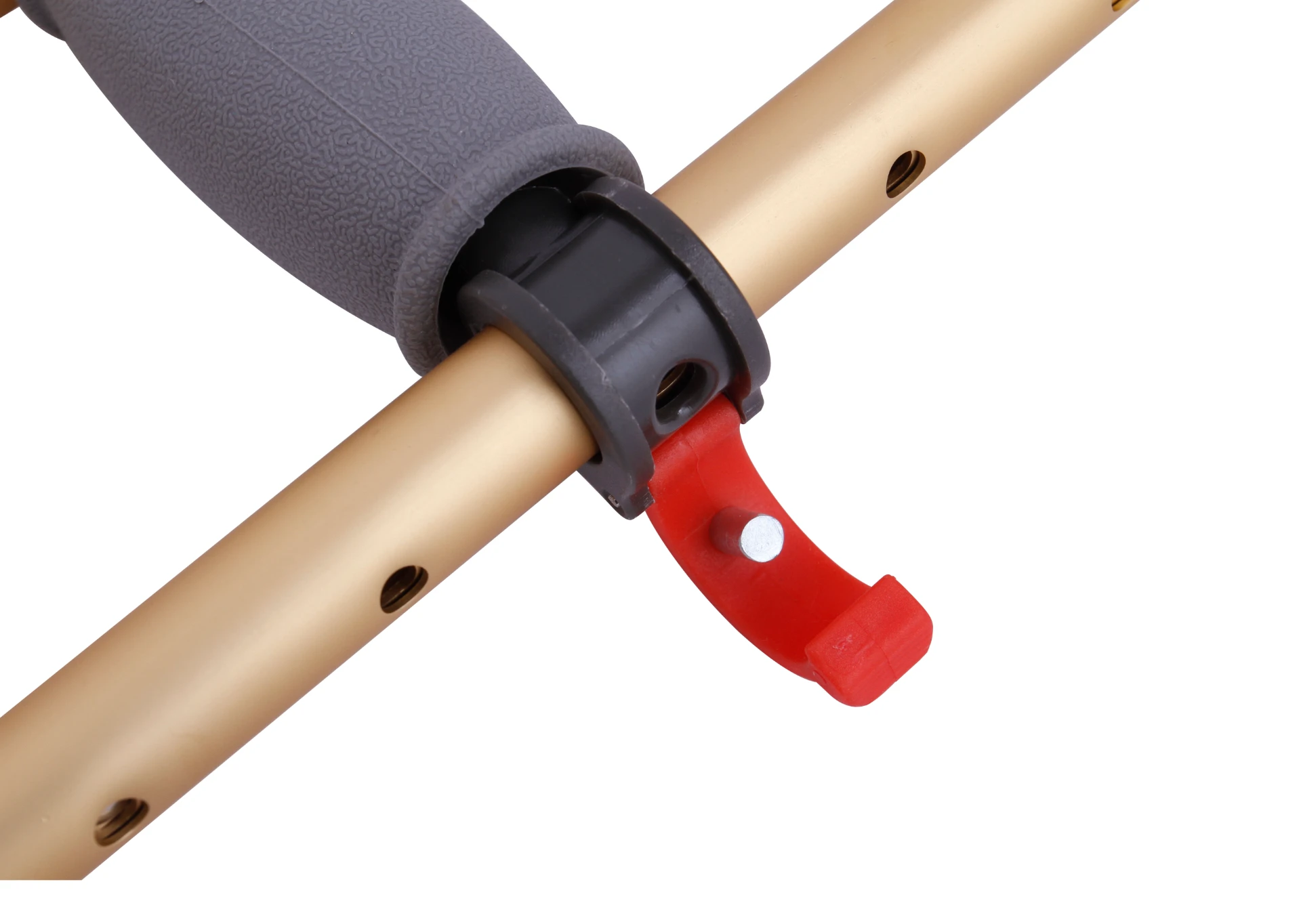Welcome to our websites!
Setting Up Hospital Beds for Optimal Patient Care and Comfort
Setting Up a Hospital Bed A Comprehensive Guide
Setting up a hospital bed is a crucial aspect of healthcare that ensures patient comfort and facilitates medical treatment. Whether for home care or within a hospital setting, proper bed setup can significantly impact patient recovery and well-being. This article will guide you through the essential steps and considerations for setting up a hospital bed effectively.
Understanding the Types of Hospital Beds
Before diving into the setup process, it's important to understand the various types of hospital beds available. The most common types include
1. Manual Hospital Beds These beds require manual adjustments, often using levers or cranks to change positions. They are typically less expensive but may require more physical effort from caregivers.
2. Electric Hospital Beds These beds allow caregivers and patients to adjust positions using a remote control. They often feature multiple functionalities, such as adjustable height, head, and foot elevation. These beds are preferred for their ease of use.
3. Adjustable Beds Similar to electric hospital beds, adjustable beds can raise and lower different sections, providing versatility for patients with varying needs.
4. Specialty Beds These include pressure-relief beds for patients at risk of bed sores and ICU beds designed for critically ill patients. They often come with advanced features for monitoring and therapeutic purposes.
Steps to Set Up a Hospital Bed
Setting up a hospital bed involves several key steps
1. Select the Right Location
Choose a location that allows easy access to the bed while minimizing obstruction. Ensure that there is enough space for medical equipment and for movement around the bed. The area should also have easy access to power outlets if you're using an electric bed.
2
. Assemble the BedFollow the manufacturer's assembly instructions carefully. For electric beds, ensure that all electrical connections are secure. Check that the mattress fits correctly within the bed frame, and ensure that any safety features, like side rails, are installed properly.
hospital bed set up

3. Adjust the Height
Setting the bed to an appropriate height is crucial for both patient comfort and caregiver accessibility. The bed should be adjustable so that it can be raised or lowered based on the needs of the patient and those caring for them.
4. Place the Mattress
Use a hospital-grade mattress designed to provide pressure relief and support. Ensure that the mattress is clean and free from defects. It should fit snugly within the bed frame to prevent any gaps.
5. Set Up Accessories
Depending on the patient's needs, you may want to add various accessories, such as
- Bed Rails For patients who may need assistance getting in and out of bed or those at risk of falling. - IV Poles Essential for administering medications or nutrients. - Over-the-Bed Tables Useful for eating, reading, or using a laptop. - Patient Lifts Helpful for transferring patients safely.
6. Create a Comfortable Environment
Ensure the bed area is comfortable and conducive to rest. This can include
- Adjusting Lighting Soft lighting can create a calming atmosphere. - Temperature Control Ensure the room temperature is comfortable for the patient. - Personal Items Allow the patient to have personal items like pillows or family photos to foster a soothing environment.
7. Test the Functions
Once the bed is set up, test all functions to ensure they are working correctly. Check the adjustments for the head, foot, and height of the bed. Ensure that the remote control functions properly, and all accessories are secure and functional.
Conclusion
Setting up a hospital bed is a vital process that involves careful consideration of the bed type and patient needs. By following the outlined steps, caregivers can create a supportive and safe environment conducive to recovery. Proper bed setup not only enhances patient comfort but also ensures that medical intervention can be administered effectively, ultimately contributing to better health outcomes. Whether in a hospital or at home, the appropriate care setting starts with a well-prepared hospital bed.
-
Transforming Healthcare with Hospital FurnitureNewsJun.24,2025
-
Rehabilitation EquipmentNewsJun.24,2025
-
Mobility and Independence with WheelchairsNewsJun.24,2025
-
Freedom of Mobility with Our Rollator WalkersNewsJun.24,2025
-
Comfort and Independence with Commode ChairsNewsJun.24,2025
-
Bathing Safety and Independence with Shower ChairsNewsJun.24,2025
-
Navigating the Wholesale Landscape of Electric Mobility Solutions: Key Considerations for Power Wheelchair DealersNewsJun.10,2025











